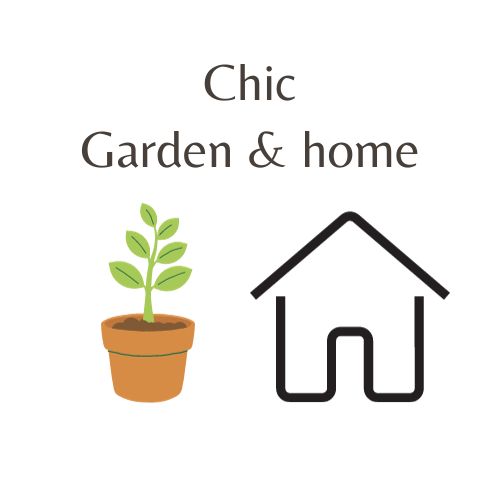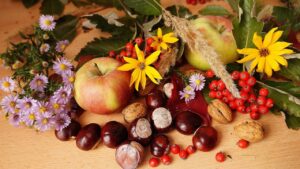Lavender is a beloved herb known for its fragrant flowers and versatile uses. Whether you’re looking to add a touch of elegance to your garden or want to harvest lavender for its essential oils and culinary applications, growing lavender at home is a rewarding and relatively straightforward endeavor. In this comprehensive step-by-step guide, we’ll explore the process of cultivating lavender, from selecting the right varieties to caring for your plants throughout the seasons.
Choosing the Right Lavender Variety
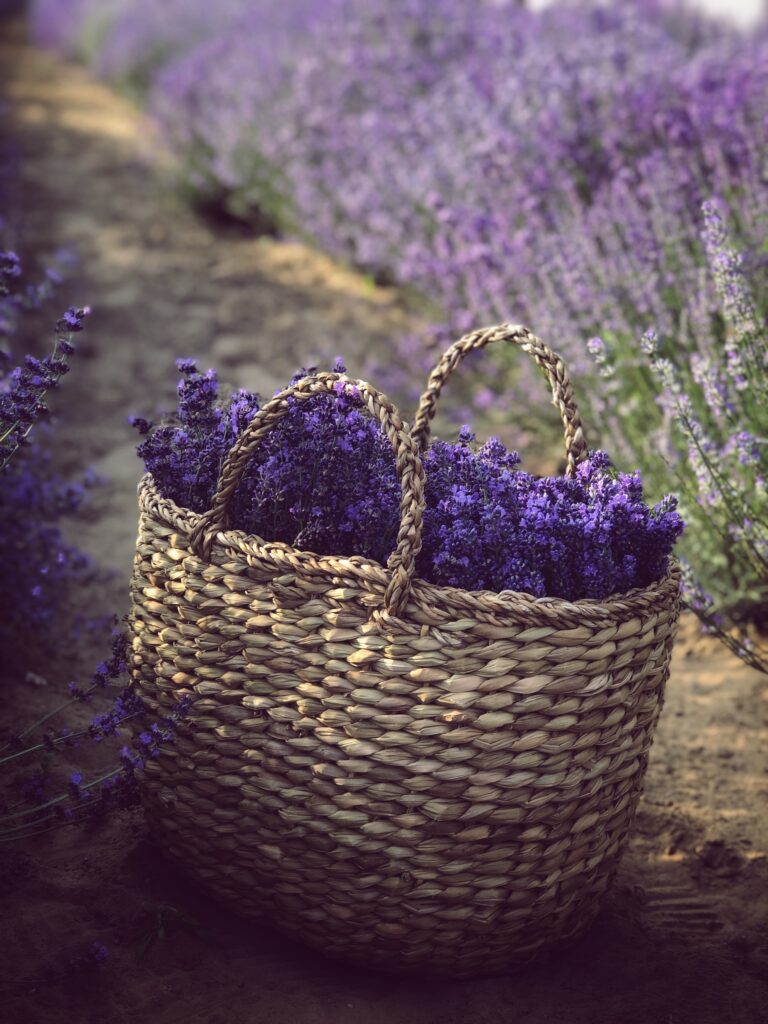
Lavender comes in various species and cultivars, each with its unique characteristics. The most common lavender varieties suitable for home cultivation include
English Lavender (Lavandula angustifolia)
This variety is famous for its sweet fragrance and is often used in sachets, potpourri, and culinary dishes. Popular cultivars include ‘Munstead’ and ‘Hidcote.’
French Lavender (Lavandula stoechas)
French lavender features distinctive pineapple-shaped flower heads and a slightly different scent compared to English lavender.
Spanish Lavender (Lavandula stoechas)
Spanish lavender is known for its unique “rabbit ear” flower bracts.
Lavandin (Lavandula x intermedia)
A hybrid between English and Spike lavender, lavandin is prized for its essential oil production.
Before planting, research which lavender varieties are best suited to your climate and intended use. Generally, English lavender is the preferred choice for culinary and aromatic purposes.
Selecting the Right Location
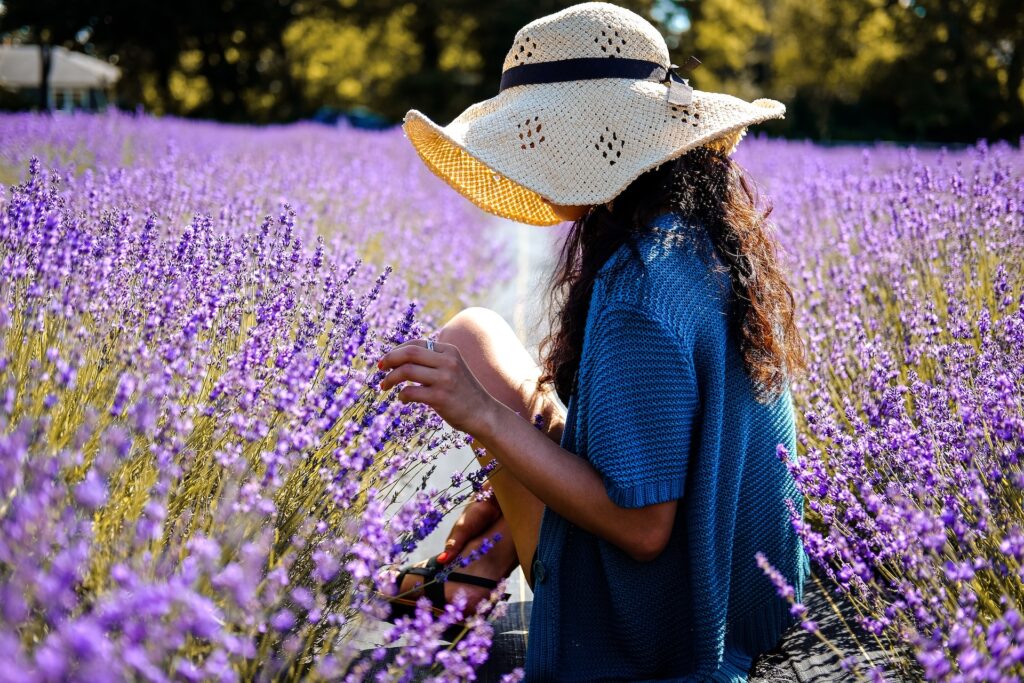
Lavender thrives in full sunlight, so choose a sunny spot in your garden with well-draining soil. Lavender does not tolerate waterlogged roots, so ensure the soil drains efficiently to prevent root rot. If your garden soil doesn’t drain well, consider planting lavender in raised beds or containers.
Planting Lavender

The ideal time to plant lavender depends on your location, but it’s typically done in the spring or fall. Here’s how to plant lavender
Prepare the Soil
Lavender prefers slightly alkaline soil with a pH between 6.5 and 7.5. Amend the soil with sand or gravel to improve drainage.
Spacing
Place lavender plants about 12 to 24 inches apart, depending on the variety. This ensures good air circulation and prevents overcrowding.
Planting Depth
Dig a hole just deep enough to accommodate the root ball and as wide as the pot it came in. Gently remove the plant from the pot, loosen the roots, and place it in the hole.
Backfill
Fill the hole with soil, pressing it down gently to remove air pockets. Water the newly planted lavender thoroughly.
Mulch
Apply a thin layer of mulch around the base of the plant to help retain moisture and regulate soil temperature.
Watering Lavender
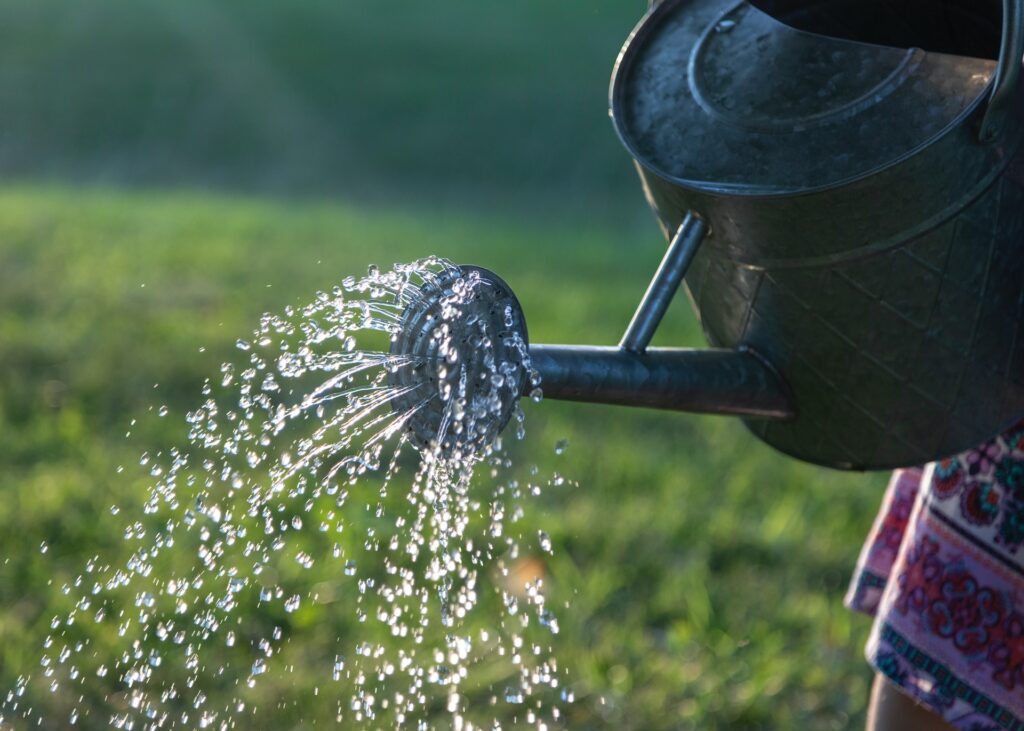
One of the key challenges in growing lavender is finding the right balance for watering. Lavender prefers dry conditions and doesn’t tolerate overwatering. Here are some essential tips for watering lavender
Initial Watering
After planting, water the lavender thoroughly to help it establish its root system.
Established Plants
Once established, lavender is drought-tolerant and generally requires minimal watering. Water sparingly, allowing the soil to dry out between waterings. Water at the base of the plant, avoiding wetting the foliage.
Morning Watering
If you need to water, it’s best to do so in the morning to allow the plant to dry before evening, reducing the risk of fungal diseases.
Rainwater
Whenever possible, use rainwater or distilled water for irrigation. Lavender is sensitive to the minerals and salts present in tap water.
Pruning Lavender
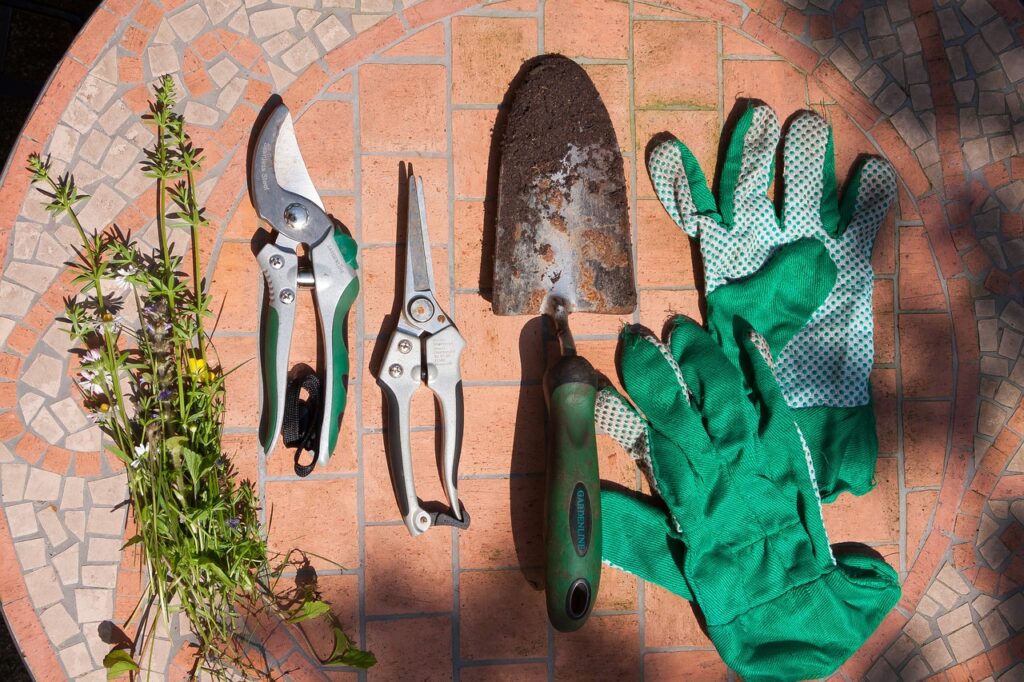
Regular pruning is essential for maintaining the health and shape of your lavender plants. Pruning also encourages bushier growth and more prolific flowering. Here’s how to prune lavender
Spring Pruning
In the spring, when you see new growth emerging, trim back the previous year’s growth, leaving a few inches of green growth. Avoid cutting into old, woody growth.
Deadheading
After the first bloom, deadhead spent flowers by cutting back the flower stems to encourage a second bloom and prevent seed production.
Annual Pruning
Each year, trim your lavender to shape it and maintain its size. Avoid cutting into woody growth as it may not regrow.
Fertilizing Lavender
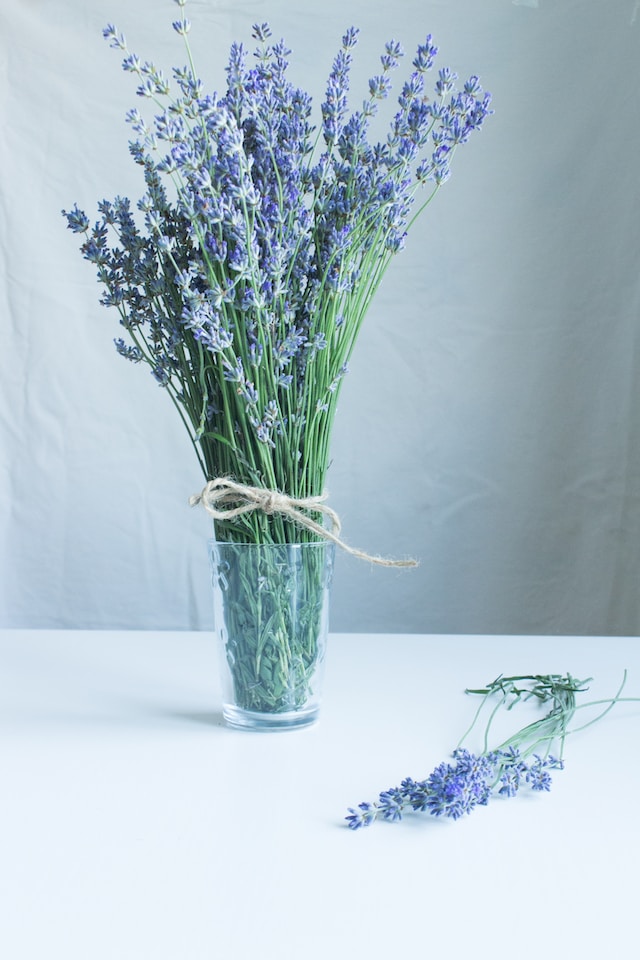
Lavender is not a heavy feeder and thrives in nutrient-poor soils. In most cases, you won’t need to fertilize your lavender plants. However, if your soil is extremely poor, you can apply a balanced, slow-release fertilizer sparingly in the spring.
Dealing with Pests and Diseases
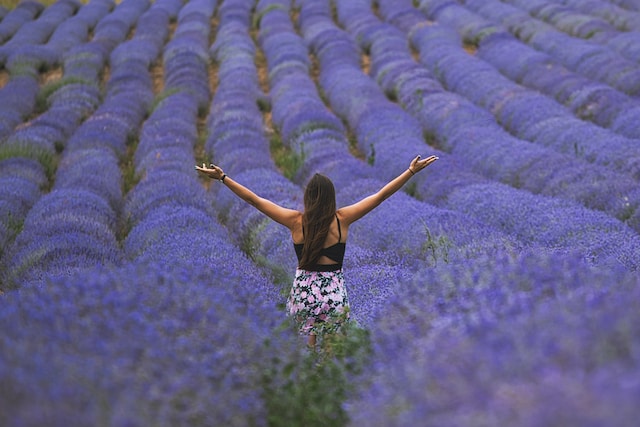
Lavender is relatively resistant to pests and diseases, thanks to its fragrant oils. However, some common issues to watch for include
Aphids
These tiny insects can infest your plants. Spray them off with a strong stream of water or use insecticidal soap if necessary.
Fungal Diseases
Lavender can be susceptible to root rot in waterlogged soil or fungal diseases in humid conditions. Ensure proper drainage and good air circulation to prevent these issues.
Deer and Rabbits
In some regions, wildlife may be attracted to lavender. Consider using barriers or repellents to protect your plants.
Harvesting Lavender

Harvesting lavender is one of the most satisfying aspects of growing this herb. You can harvest the flowers at different stages for various uses
Buds
Harvest buds when they have just begun to open for the highest fragrance. Use these for culinary purposes, sachets, or potpourri.
Full Bloom
For dried flower arrangements or essential oil production, harvest when the flowers are fully open.
Stems
Cut stems with flowers and hang them upside down to dry. Once dried, you can strip the flowers from the stems for various uses.
Overwintering Lavender
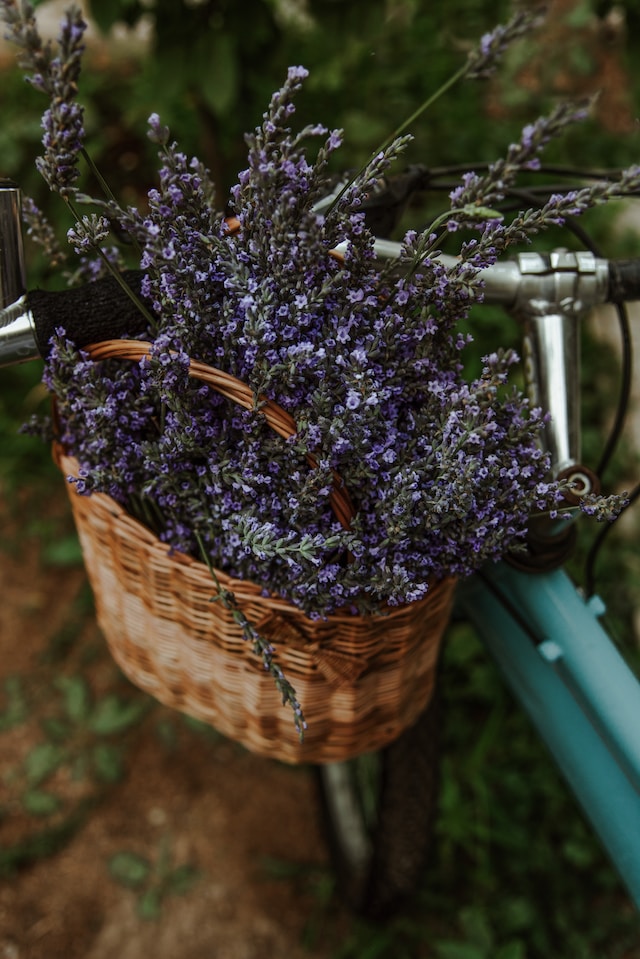
In colder climates, lavender may need some protection during the winter months. Here are some tips for overwintering lavender
Mulch
Apply a layer of mulch around the base of the plant to insulate the roots and protect them from freezing.
Prune Lightly
In late fall, trim your lavender lightly to shape it and remove any dead growth, but avoid heavy pruning.
Container Plants
If you’re growing lavender in containers, move them to a sheltered spot or indoors to protect them from harsh winter conditions.
Using Lavender
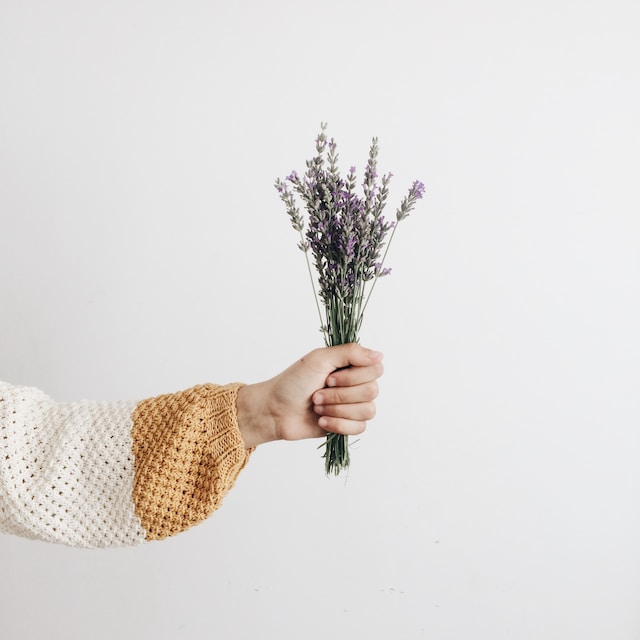
Lavender has a wide range of uses, from aromatherapy to culinary endeavors. Here are some popular applications
Aromatherapy
Lavender essential oil is renowned for its soothing properties. You can use it in diffusers or add a few drops to a relaxing bath
Culinary
Lavender flowers can be used in cooking and baking. They add a unique, floral flavor to dishes like lavender-infused honey, baked goods, or as a garnish for desserts.
Crafts
Lavender flowers are great for crafting, including making sachets, potpourri, and scented candles.
Medicinal
Lavender has been used for its potential medicinal benefits, such as helping with relaxation and sleep.
Growing lavender at home provides not only aesthetic beauty but also the opportunity to enjoy its lovely fragrance and reap the benefits of its many uses.
Remember that growing lavender may require some trial and error as you adapt to your specific growing conditions. With patience and care, you can successfully cultivate this aromatic herb and enjoy its many benefits. Whether you’re a beginner gardener or have a green thumb, the simple elegance of lavender is sure to enhance your home garden.
